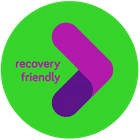If you thought addiction couldn’t get worse, the new-old drug Xylazine or Tranq poses a new threat. Xylazine, street name “Tranq” or “Tranq dope,” is an animal sedative approved for veterinary purposes that is now being mixed with the powerful synthetic opioid Fentanyl. Even though Philadelphia was the epicenter for Xylazine in the U.S., it’s been confirmed that this drug has spread to at least 39 states.
What Is Xylazine or Tranq?
Tranq is a non-opioid medication used as a muscle relaxant and a sedative for veterinary purposes. Even though this drug is not approved for human use by the FDA, Xylazine is increasingly being added to street drugs like Fentanyl.
It’s unclear when Tranq was first used in the illicit drug markets. Still, reports suggest it started in Puerto Rico around the early 2000s, known as “Anestesia de Caballo,” or horse anesthetic. At the beginning of 2006, the Philadelphia Medical Examiner’s Office included Xylazine, also known as Tranq, in toxicology reports.
What Is Fentanyl, and Why Is it Mixed with Xylazine?
Fentanyl is a powerful synthetic opioid, like morphine, but 50 to 100 times stronger. It’s a prescription drug that has made headlines for its illegal use lately. Like morphine, Fentanyl is typically used to treat patients with severe pain, often after surgery.
Unlike the high from heroin and some opioids, the high from Fentanyl lasts for a short time. When Xylazine is added, it extends the effects of Fentanyl and mimics the high of heroin. In most cases, users do not seek Xylazine in the purchased Fentanyl. Sometimes, people are unaware that Xylazine is present in the drugs they buy and use.
Skin Ulcers and Tranq
Although research has yet to prove that Xylazine causes skin ulcers, there appears to be a connection between the two. People who regularly use this drug often have severe and painful skin ulcers and abscesses. In fact, such wounds are serving as a warning sign to hospitals for possible Tranq use.
When Xylazine became more present in Philadelphia’s drug market, local hospital systems reported increased skin infections. These wounds present atypically, often all around the body (though they’re not near the site of injection) and have been found to worsen faster than other skin infections.
Overdose on Tranq: Its Symptoms and Fatality
The symptoms behind a Tranq overdose are:
- blurred vision
- disorientation
- drowsiness
- staggering
- coma
- bradycardia (abnormal heart rate)
- respiratory depression
- hypotension (low blood pressure)
- miosis (shrinking of the pupils)
- hyperglycemia
Aside from the list of health issues, Tranq can knock people unconscious for hours, potentially leaving them vulnerable to being injured or attacked.
For Fentanyl overdoses, the best antidote is to provide Narcan or Naloxone. This medicine works by rapidly binding to opioid receptors and blocking the effects of opioid drugs.
But because Xylazine is an alpha-2 blocker and not an opioid, Naloxone will not be effective in a Tranq overdose. This means an overdose of Tranq could be fatal due to its lack of an antidote.
Unfortunately, a test to know if Xylazine is present has not yet been found. There are test strips available for Fentanyl, but they are not designed to detect Xylazine.
The FDA issued a warning statement in November letting health care providers know to look for symptoms of Tranq use and that there is no effective antidote.
GateHouse Treatment Is Here for You!
At GateHouse Treatment, we are dedicated to helping everyone struggling with addiction. If you or someone you love uses illegal drugs, it’s important to know about any new drug information that can be life-threatening.
Ready to overcome addiction? We’re here to help. Contact us at (855) 448-3588.
- Cymbalta Withdrawal: Causes, Symptoms, And Management - October 12, 2023
- Boredom in Recovery: 5 Tips to Avoid Relapse - October 6, 2023
- Overconfidence and Rehab: Avoiding Relapse - October 4, 2023




